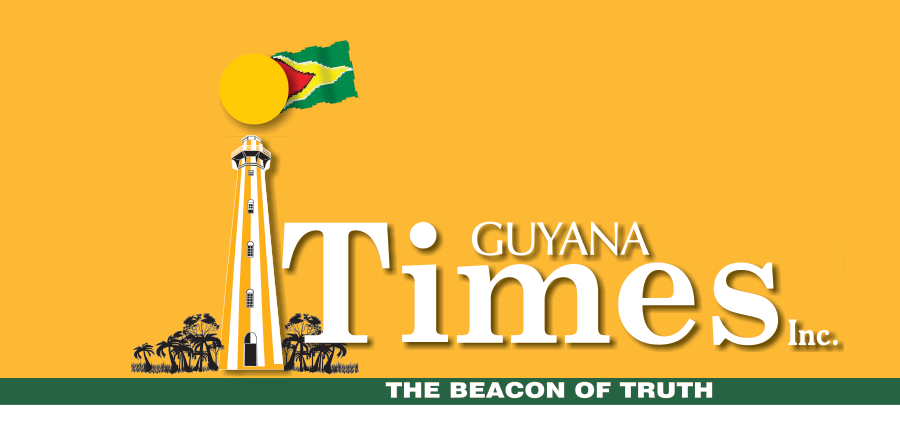Guyana is confronting a rapidly escalating public health challenge. The number of patients requiring dialysis has soared from 63 in 2020 to over 600 in 2025, according to a recent study by the Human Organ and Tissue Transplant Agency (HOATTA). This tenfold increase over five years signals not only a growing burden of chronic kidney disease (CKD) but also an urgent need for stronger prevention, early detection, and management of non-communicable diseases (NCDs) that drive kidney failure. The implications for individuals, families, and the healthcare system are profound, demanding immediate and comprehensive intervention.
The study, led by Dr Shanti Singh-Anthony alongside a multidisciplinary team of nephrologists, biostatisticians, and health administrators, is the first robust, evidence-based assessment of dialysis and kidney transplant patients in Guyana. While anecdotal reports have long suggested rising CKD rates, this research provides concrete data, establishing a foundation for targeted policies and systemic improvements. According to the study, dialysis patients have steadily increased from 63 in 2020 to 129 in 2021, 326 in 2022, 428 in 2023, 556 in 2024, and now surpassing 600 in 2025. This trend reflects both the growing prevalence of risk factors and the strain on the health system to meet rising demand.
Non-communicable diseases are at the core of this crisis. Conditions such as hypertension, diabetes, heart disease, cancer, and chronic respiratory illnesses are prevalent among dialysis patients. The study revealed that 66.8 percent of patients had one or two risk factors, while 31.9 percent had three to five. Only 1.3 percent of patients had no risk factors. Alarmingly, nearly 46 percent of patients with high blood pressure were unaware of their condition, with the proportion significantly higher among men. Another 15.5 percent were aware of their hypertension but were not receiving treatment, and 21.9 percent were receiving treatment but remained uncontrolled. These statistics illustrate the urgent need for early detection, patient education, and continuous monitoring.
Lifestyle and behavioral factors exacerbate the situation. The study found that 50.3 percent of patients were overweight or obese, with 39.8 percent of men and 61.8 percent of women affected. Blood sugar monitoring was inadequate, with 52.4 percent of patients never having measured their levels, leaving many at risk of undiagnosed diabetes, a major contributor to CKD. These findings indicate the need for structured public health initiatives focused on nutrition, physical activity, and routine health assessments, alongside community awareness campaigns to reduce preventable disease risk.
The economic impact of the rising dialysis population is considerable. Dialysis is both resource-intensive and costly, necessitating significant government support. In 2023, the government announced an annual subsidy of $600,000 per dialysis patient to improve access and alleviate financial strain. While such measures are necessary, they address the consequences rather than the root causes of kidney failure. Without preventative strategies and systemic improvements, the demand for dialysis will continue to increase, placing unsustainable pressure on healthcare infrastructure and public finances.
The HOATTA study offers a roadmap for addressing this crisis. Its recommendations are comprehensive, calling for stronger screening programs, improved management of NCDs at the primary care level, structured patient and public education, better referral pathways to nephrologists, and the development of a National CKD Prevention Strategy. Central to these measures is understanding the experiences of patients and caregivers. The study surveyed 213 dialysis patients and 74 caregivers, revealing informational gaps, misconceptions, and behavioral challenges that affect adherence to treatment and overall health outcomes. Such insight is crucial for designing patient-centered care models that are both effective and sustainable.
The exponential rise in CKD and dialysis dependence reflects a broader NCD epidemic and highlights systemic gaps in health education and prevention. Without urgent action, the country risks increasing morbidity and escalating healthcare costs. The HOATTA study provides a way for intervention, prevention, early detection, structured education, and patient-focused care. Implementing these recommendations can shift the healthcare approach from reactive and costly to proactive and sustainable, ultimately improving outcomes for patients and reducing pressure on the health system.
Policymakers, healthcare providers, and the public must confront this health matter with urgency.
Discover more from Guyana Times
Subscribe to get the latest posts sent to your email.









